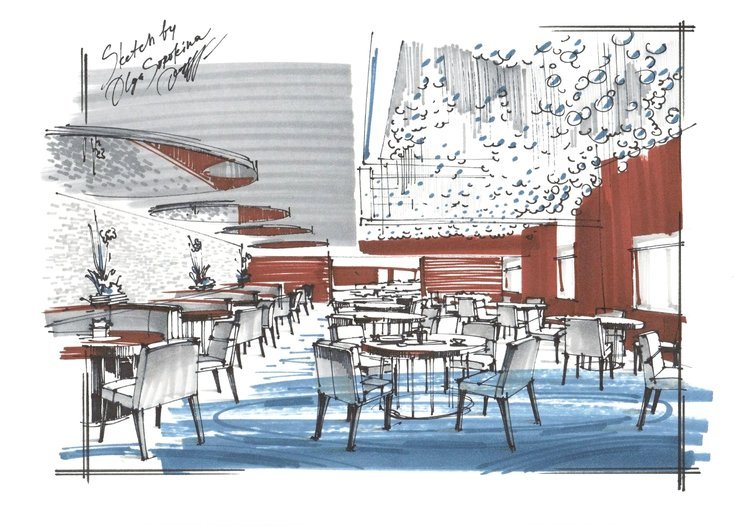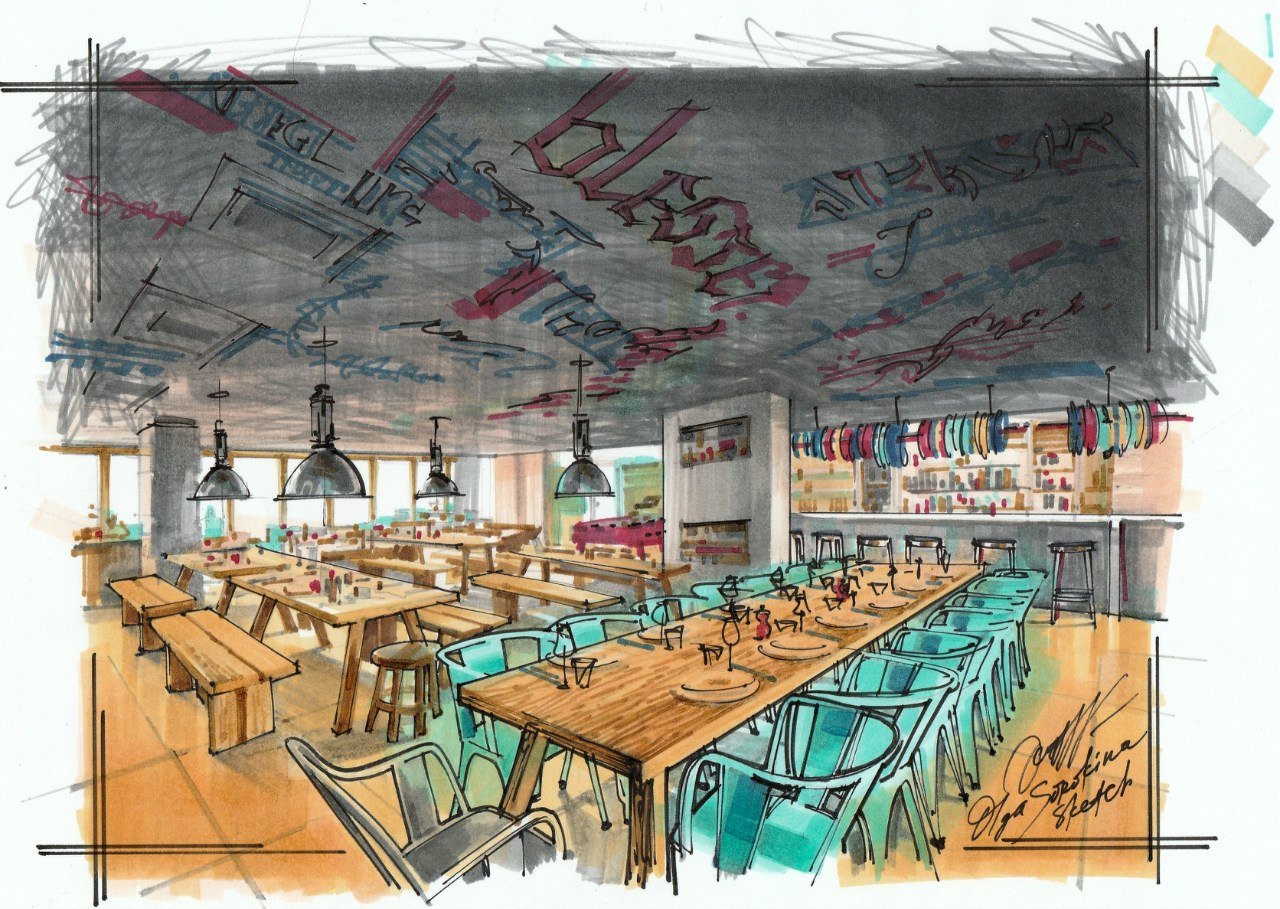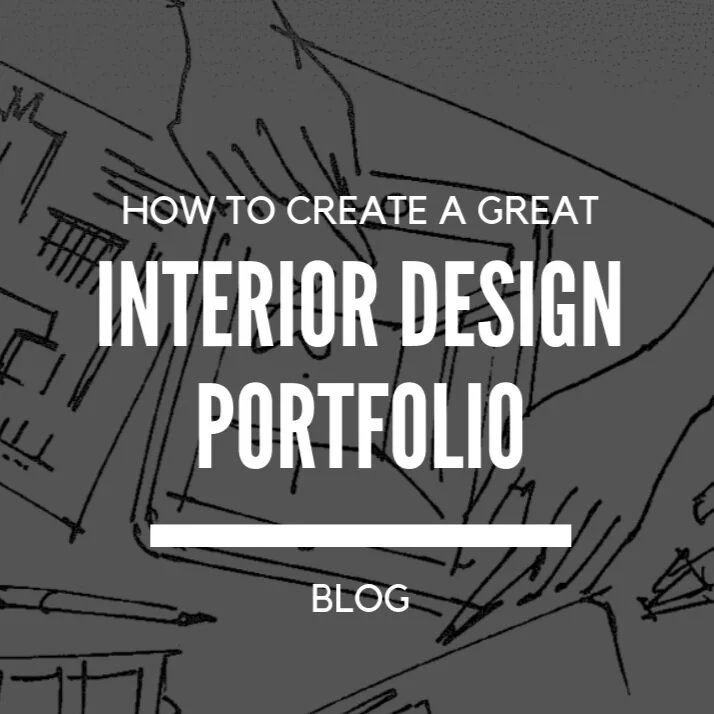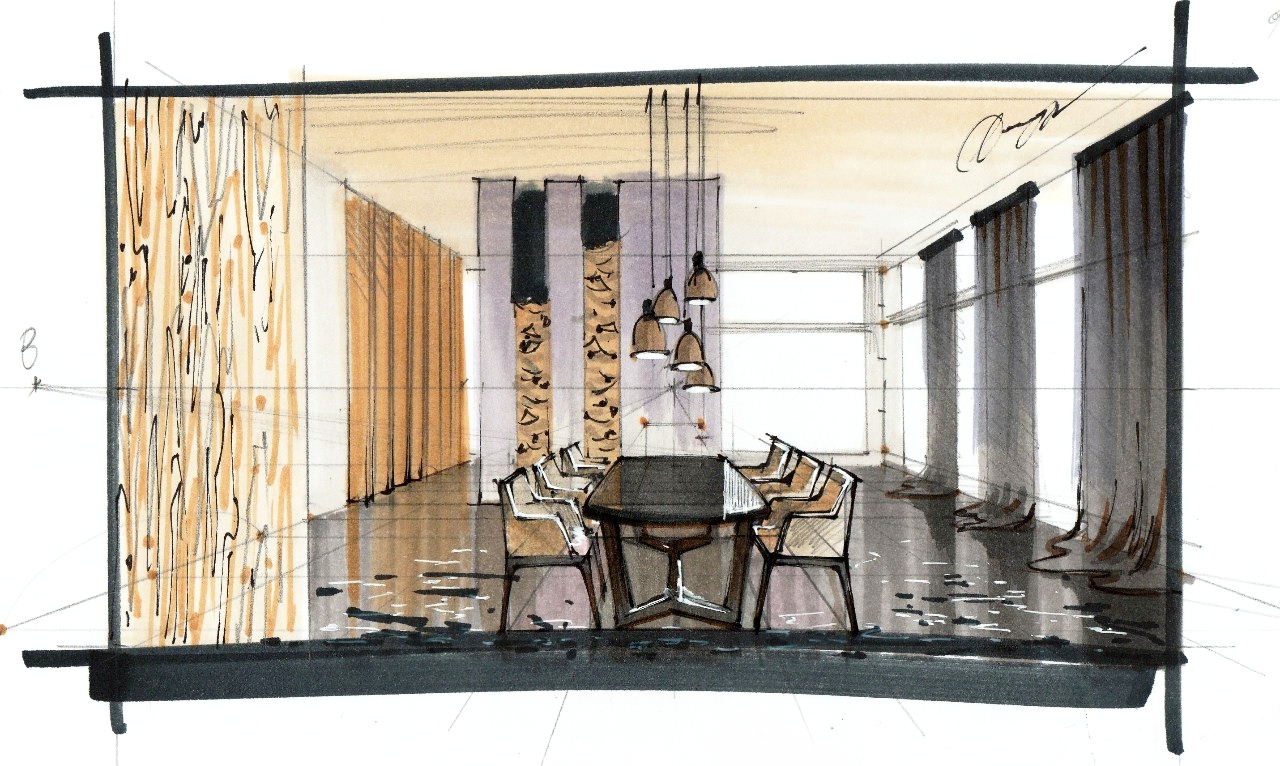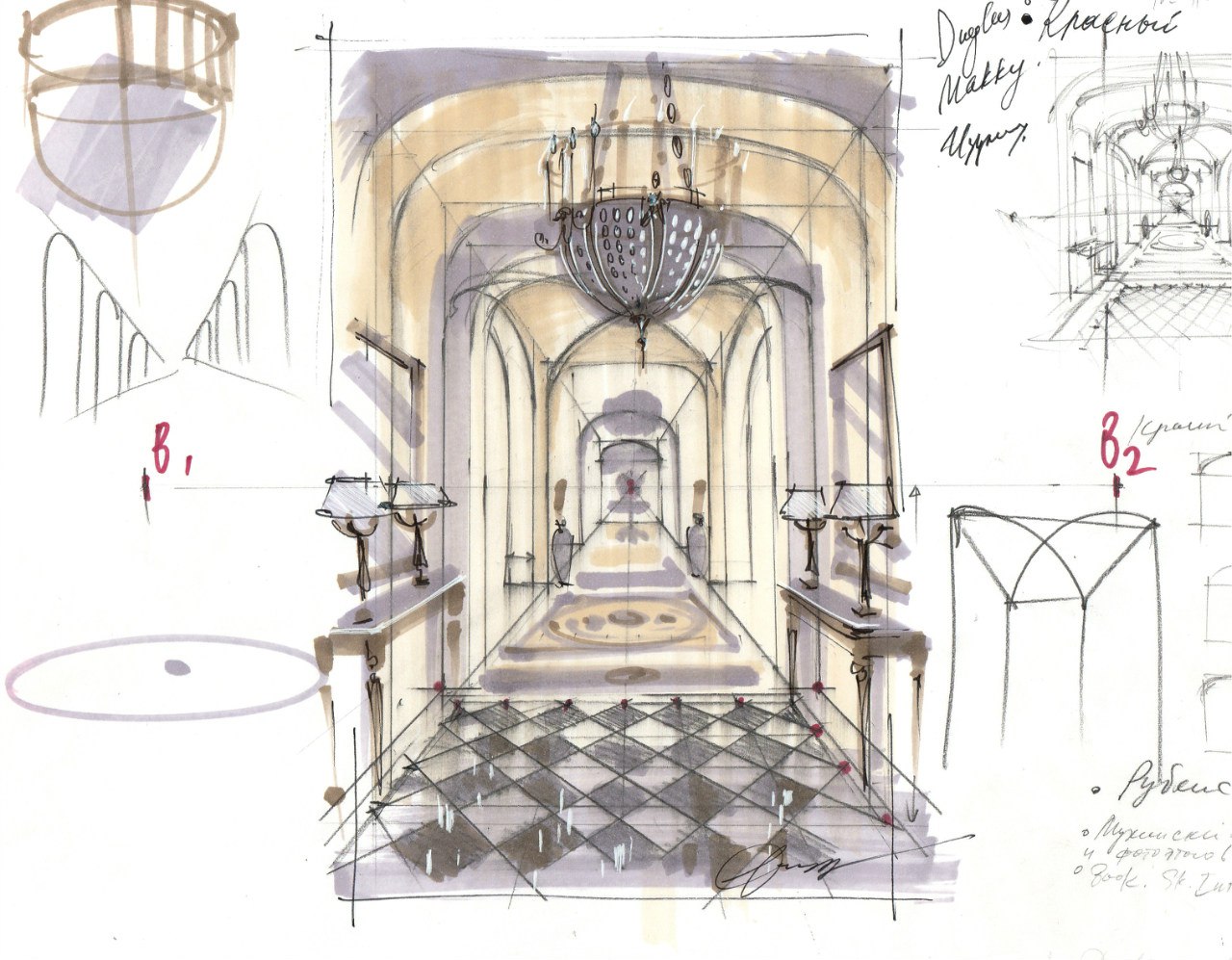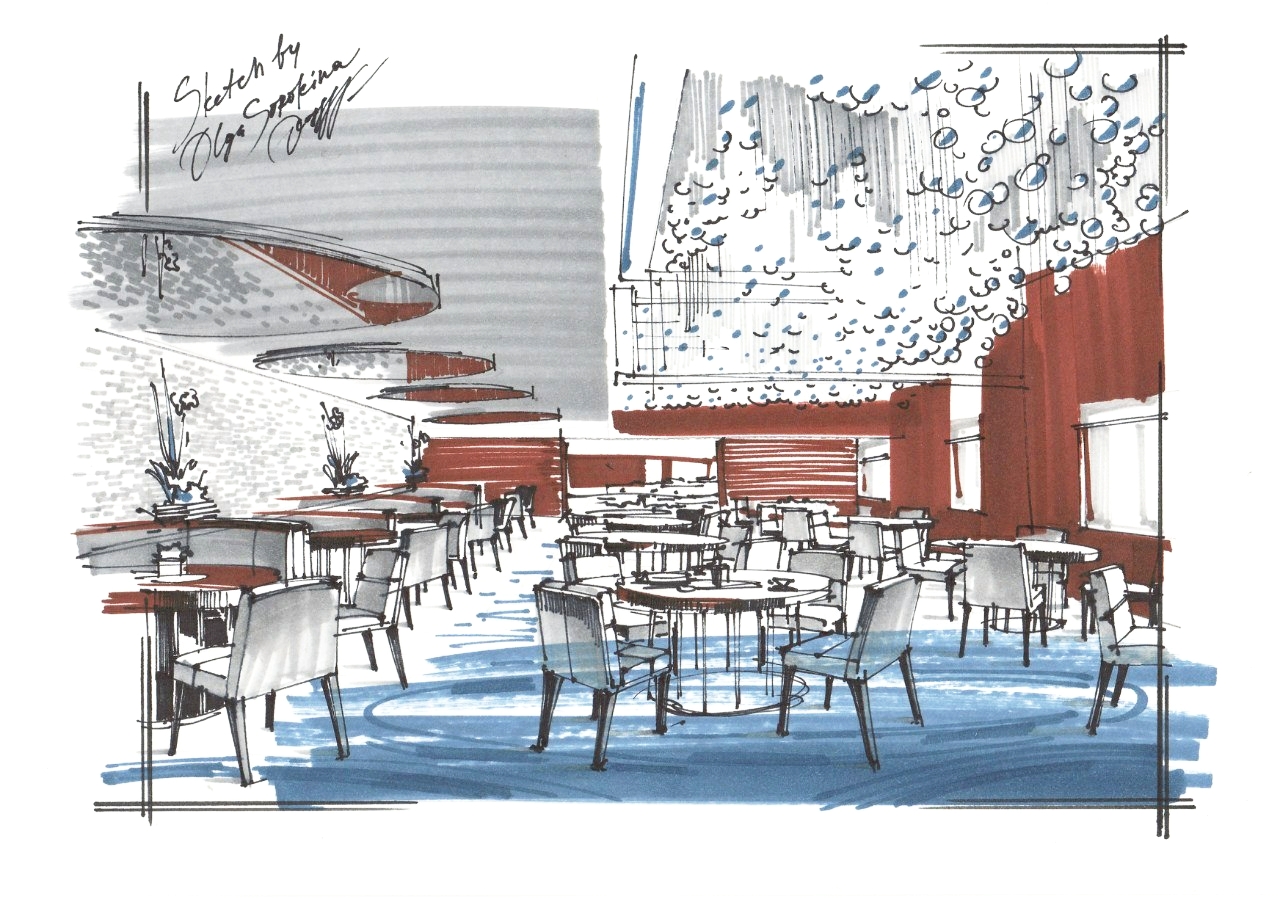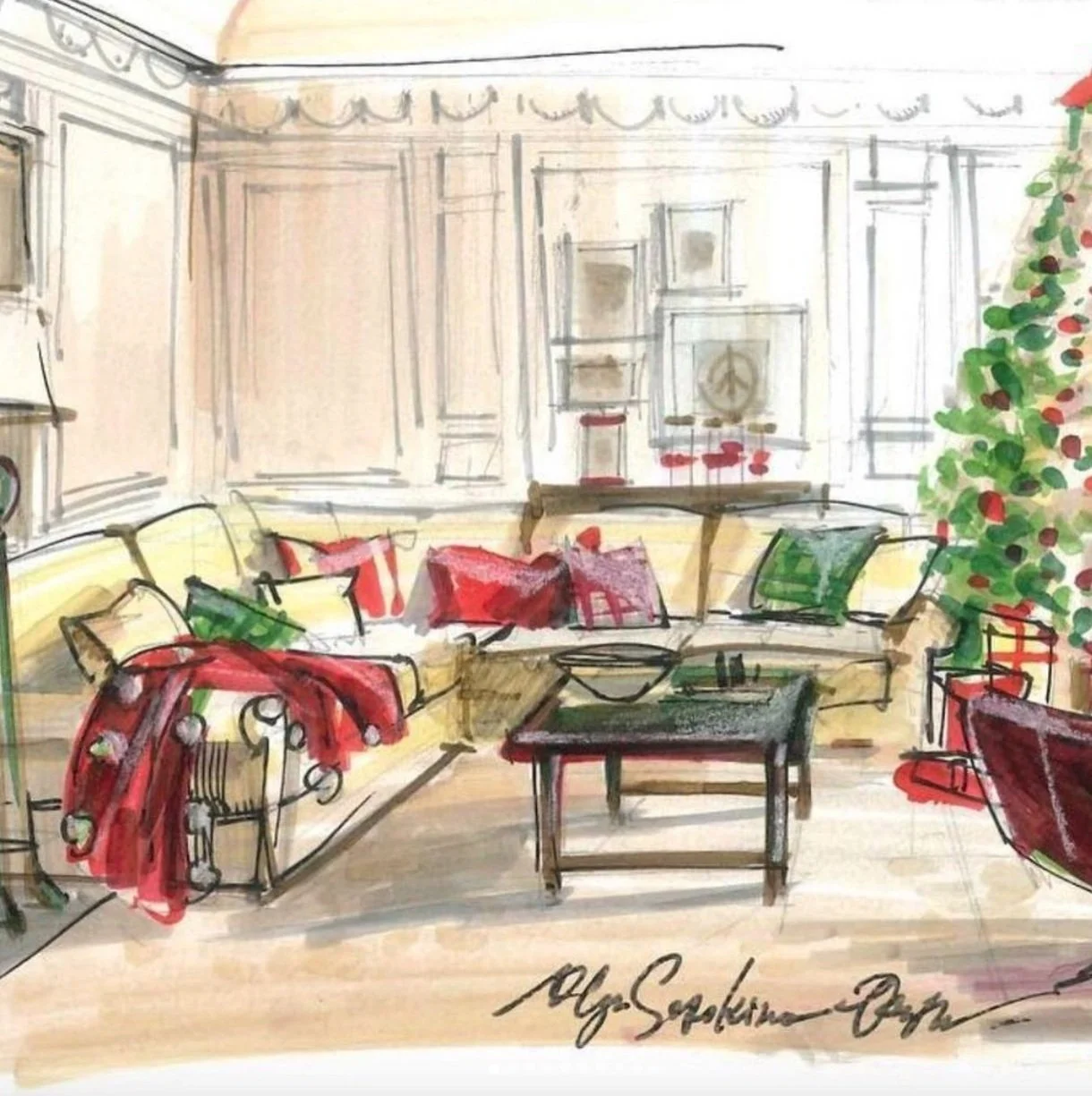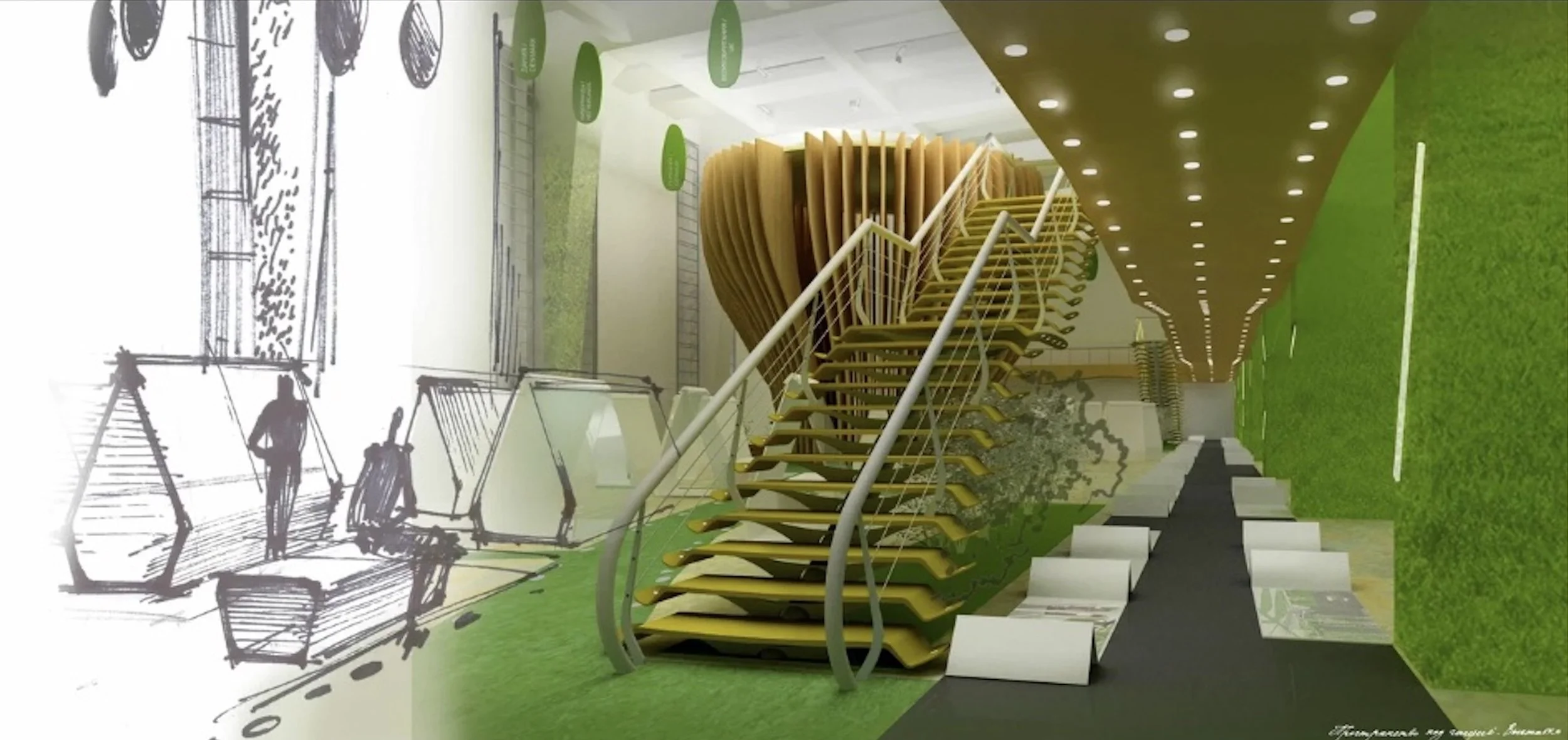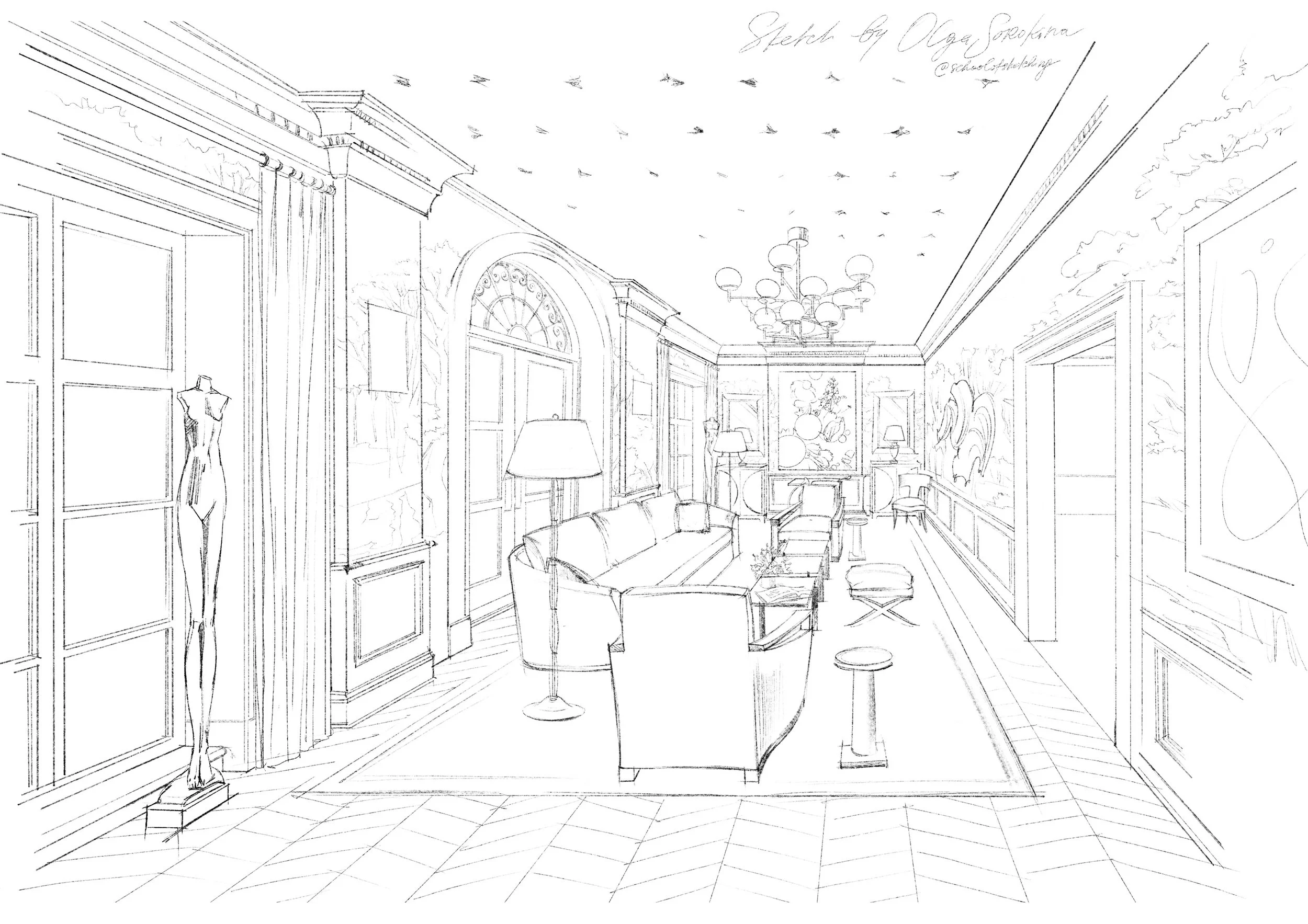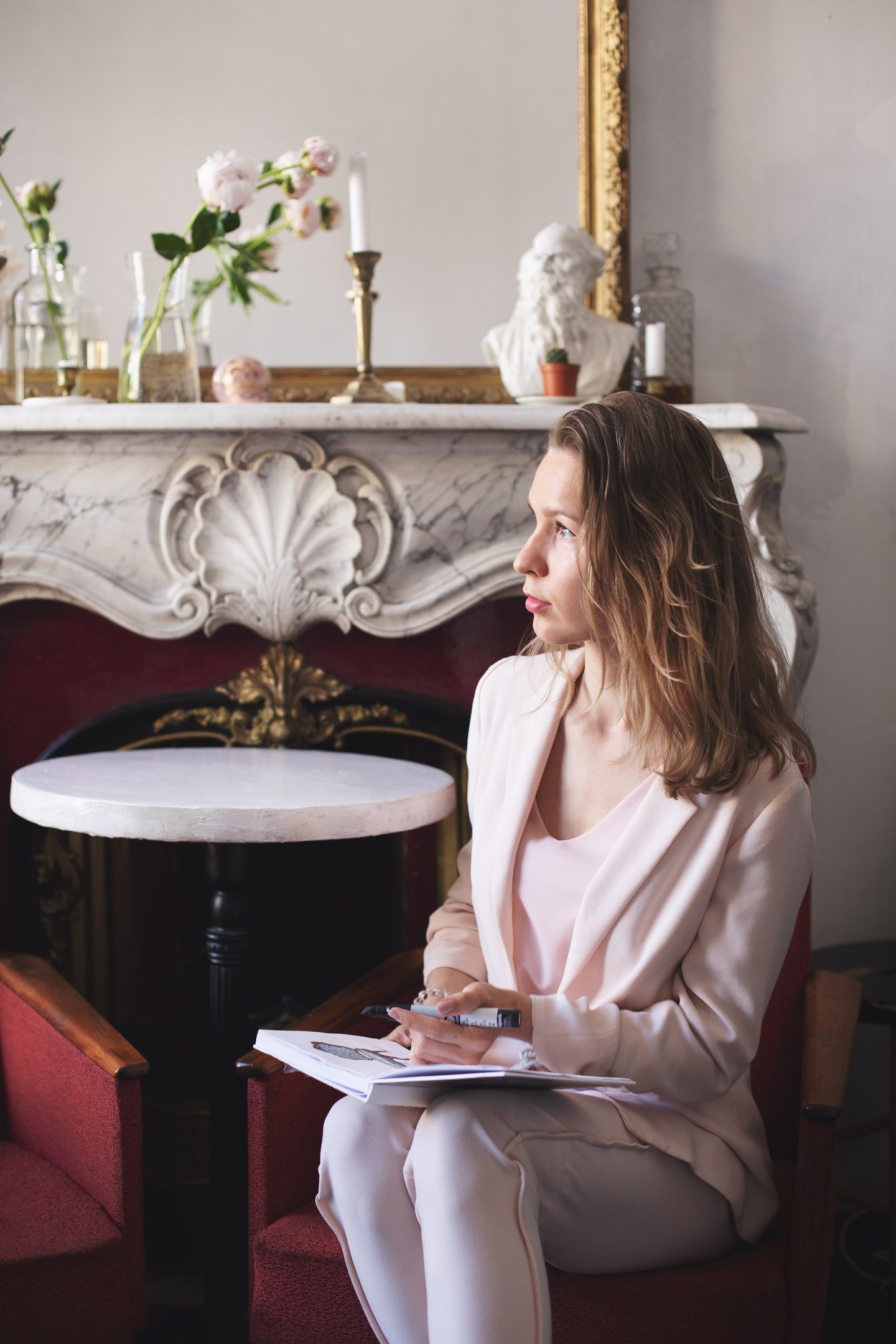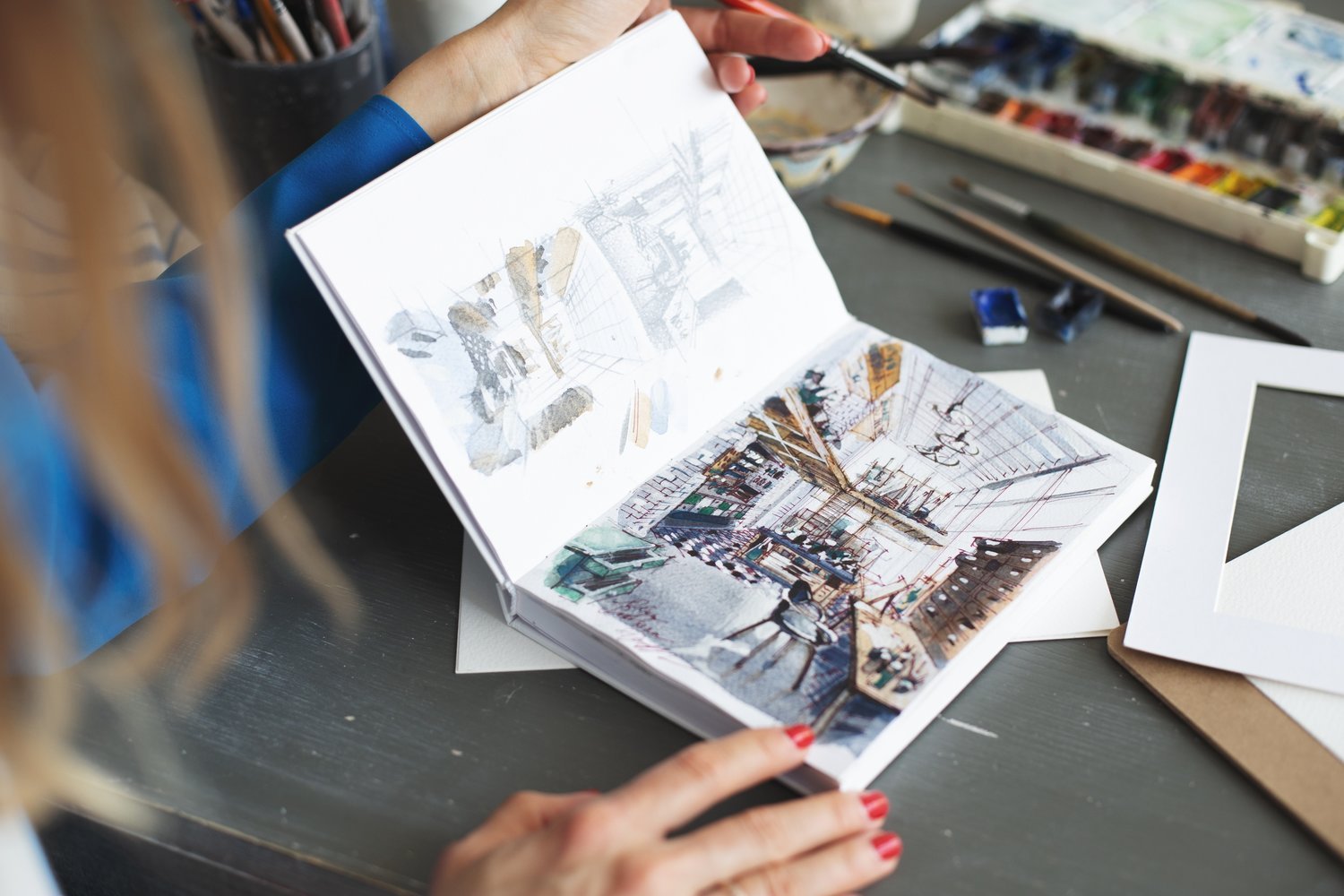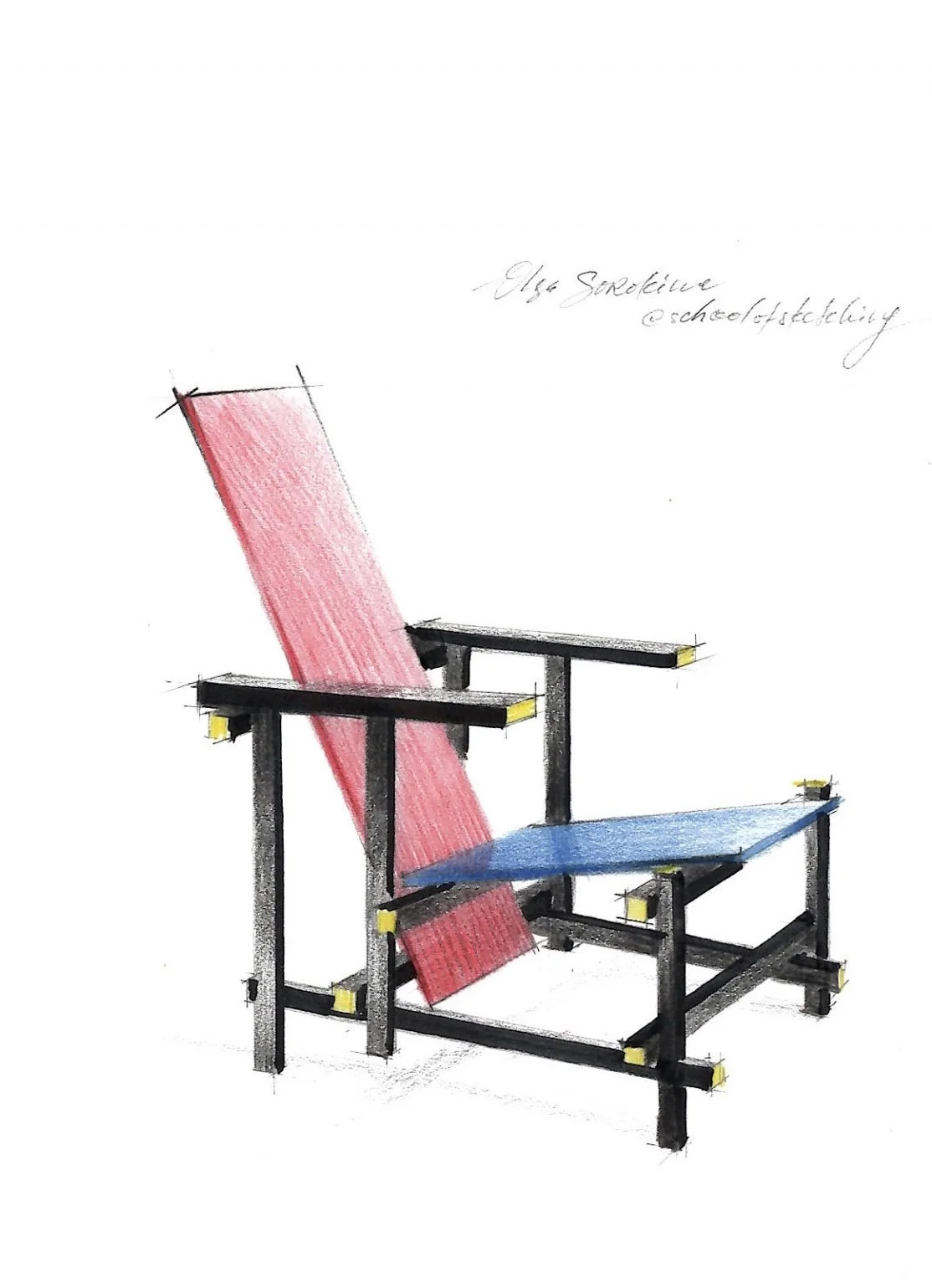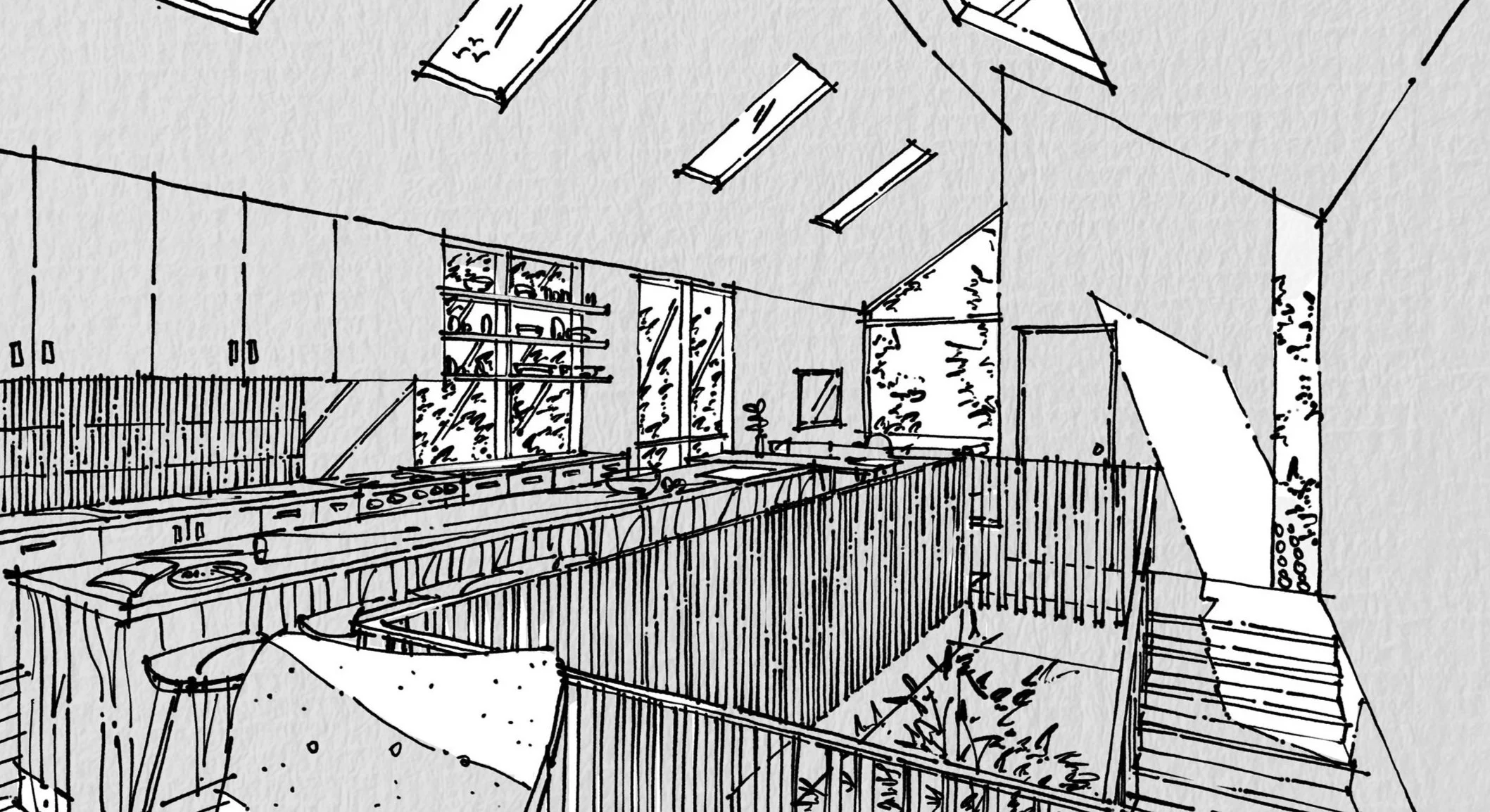Exciting news awaits you at my Online School of Sketching today!
As a sketch artist and experienced educator in sketching since 2015, I am thrilled to offer you my personalized coaching sessions to unlock your design potential and achieve unparalleled success.
In a nutshell, with my 1-1 coaching, you could gain admission to your dream Design University, elevate your interior design diploma project or become a professional sketch artist.
Here are the benefits:
Gain Admission to Your Dream Design University: With my personalized guidance and refined interior sketching and perspective drawing skills you'll acquire through the coaching, you can confidently apply to prestigious design universities and secure admission to the institution of your dreams. Let's turn your aspirations into reality!
Elevate Your Diploma Project: Enrich your interior design diploma project with breathtaking sketches that captivate and impress. With this one-on-one coaching, you'll master the art of hand rendering, enabling you to create outstanding presentations and set yourself apart from your peers.
Enhance Professional Opportunities: As you refine your sketching skills under my tutelage, you'll be equipped to pursue exciting career paths. Imagine becoming a professional sketch artist, collaborating with renowned brands, or even sharing your expertise by teaching interior sketching to others in your community.
Boost Confidence and Express Your Ideas: My coaching sessions will nurture your sketching abilities, allowing you to confidently express your design concepts and ideas. Develop a unique artistic voice that resonates with clients, colleagues, and collaborators, making your mark in the interior design and architecture world.
Unleash Your Creativity: Through personalized coaching, you'll gain the tools, techniques, and inspiration to unleash your full creative potential. Break free from limitations and explore new horizons in sketching, enabling you to craft even more beautiful, sustainable, and aesthetically pleasing environments for people to live in.
What people say:
Here's what you will get from my 1-1 coaching:
1. Confidence and Guidance: Gain the confidence to express your creative vision and receive expert guidance tailored to your needs. I will provide personalized feedback on your sketches or design projects, allowing you to showcase your design concepts with clarity and artistic flair.
2. Insights from a Pro: Benefit from my extensive professional experience in interior design and architecture. I have collaborated with renowned brands, worked on award-winning projects, and shared my expertise at international events. With my guidance, you'll gain invaluable insights and industry-relevant techniques.
3. Accelerated Skill Development: Experience rapid interior sketching skill development with practical exercises and personalized recommendations. Refine your sketching abilities and elevate the quality of your work.
4. Professional Perspectives and Tips: Tap into my wealth of professional perspectives and insider tips. Learn sketching techniques, presentation strategies, and industry best practices to impress clients and colleagues.
Pricing
Secure your spot in my coaching program today:
- Single Zoom Session: For those enrolled in my online courses ("BASE," "PRO," "Watercolour," or "Procreate"), a one-hour Zoom coaching session is $190 USD. For non-enrolled individuals, the price is $290 USD.
- Five Sessions Package: Dive deeper with a comprehensive package of five one-hour Zoom coaching sessions for $760 USD. The fifth session is complimentary. Receive continuous support to achieve your design goals. For those enrolled in the online courses I’ve mentioned above, a one-hour Zoom coaching session is $760 USD. For non-enrolled individuals, the price is $1160 USD.
Spots are limited, so please complete this form to secure your spot asap.
Wishing you boundless inspiration and, as always... Happy sketching!
Olga Sorokina
Founder, Online School of Sketching Ltd
Author of "The SKETCH. Interior Design Drawing"
